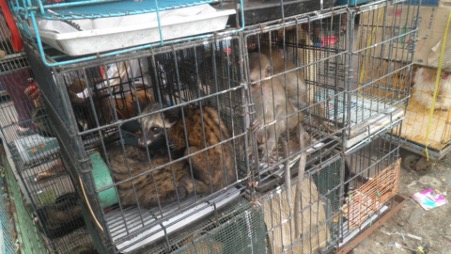This fifth and final entry will assess the effectiveness of existing social media policy regarding wildlife online. Currently, regulation is not effectively disabling inappropriate content. Ineffective social media policy is enabling the exploitation of threatened species by influencers, means of animal photo-props and two-shot images, and the illicit trade of exotics as pets. Since 2020, Instagram has made a conscious effort to mitigate illegal activity concerning wildlife on their platform following increasing pressure from conservation bodies. However, the persisting presence of this type of content suggests that efforts are not sufficient. User action will be discussed in this blog to suggest means to mitigate the central threats wildlife face online.
Exotics can be employed by the rich and famous as a symbol of affluence, social media influencers are no exception. In the pursuit of the next viral sensation, wildlife suffers on an individual level through welfare negligence as does wild populations. This blog calls for followers of Instagram influencers who post decontextualised images of threatened species to hold them accountable. If an image contains a threatened species that is in close proximity to a human, not in a wild setting, or without reference to a conservation organisation then alarm bells should ring. Commenting on a post to express concerns, linking relevant conservation materials, reporting the page to the social media team, or simply boycotting the individual can be a small but not insignificant step to combatting these concerns.

Physical markets can evoke feelings of upset and disturbance for those who value animal welfare but glamorised and decontextualised online content can hide this aspect, however online media relates directly to illicit trade and trafficking which needs action (credit: Little Fireface Project)
Additionally, any user can be guilty of spreading misinformation or fuelling irresponsible wildlife practices. A large pull to certain tourism hotspots such as in Phuket, Thailand can be selfie opportunities with photo-prop animals, usually cute species such as the slow loris, see other Little Fireface Project blog on the burden of being ‘cute’ here. Two-shot images (containing both an animal and a human) have been greatly critiqued by conservation scholars and groups but remain popular among tourists. Some individuals are caught out by criminal handlers who convince them that the individual animal is a rescue or by other means of deception. Hence, the best approach to handlers who are marketing an animal as a photo-prop is to decline, document, and report. No well-meaning individual would subject an animal to improper husbandry and exploitation is this context.
As a result of increasing popularity for exotic animals on Instagram, there has been a correlated increase in desire for exotic pets as seen here, and with increasing availability as shown with wildlife traffickers in Mexico. Poachers and amateur tradespeople are making use of the less documented trades route made available through social media platforms, reaching customers otherwise unconnected to this criminal culture, as shown with this case study of a vlogger illegally trading white-eared brown doves. Posts are often not very descriptive and consist of poor spelling, punction, and grammar and species mislabelling. More direct action can be made against obvious wildlife trafficking online, with specific reporting structures from Instagram available. In addition to, organisations such as the Coalition to End Wildlife Trafficking Online have a report function and open access resources to increase understanding.

This blog has demonstrated ways an individual can mitigate the growing demand for threatened species on social media platforms such as Instagram. While the general public do have agency and a capacity to report inappropriate posts and to not engage with content, governmental organisations and social media platforms must take the brunt of the responsibility. They should do so with educated assistance to stop the damaging relationship that threated species are having with online spaces. While Instagram has implemented wildlife trafficking in its reporting process, tradespeople can merely create new accounts and commence trade under these wildlife trade network grey spaces as shown here. Instagram has a responsibility to further crack down on trade. Popular content which consists of threatened species in inappropriate contexts should not remain live for months following investigation- animal abuse and miseducation is damaging from the point of upload. Screening processes for uploading content with wildlife needs to be far more vigorous and response times to reporting needs to be more efficient.
Social media content can be used to raise awareness for ethical and conservation concerns of a given species, see more here. However, we must hold these platforms accountable for the harmful damage made possible by overlooked, criminal activity.
As this is the final blog in the series, I would like to thank you for reading!
Jacob Callicott
Further reading
